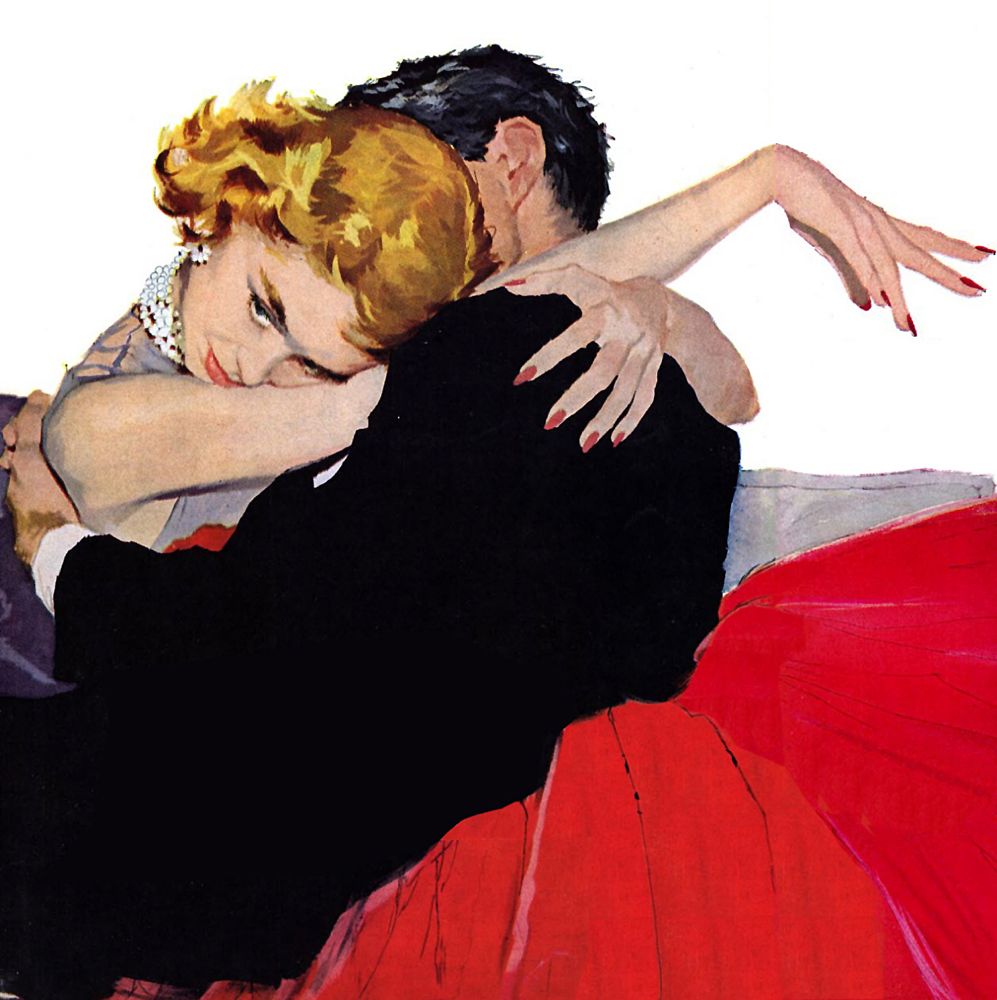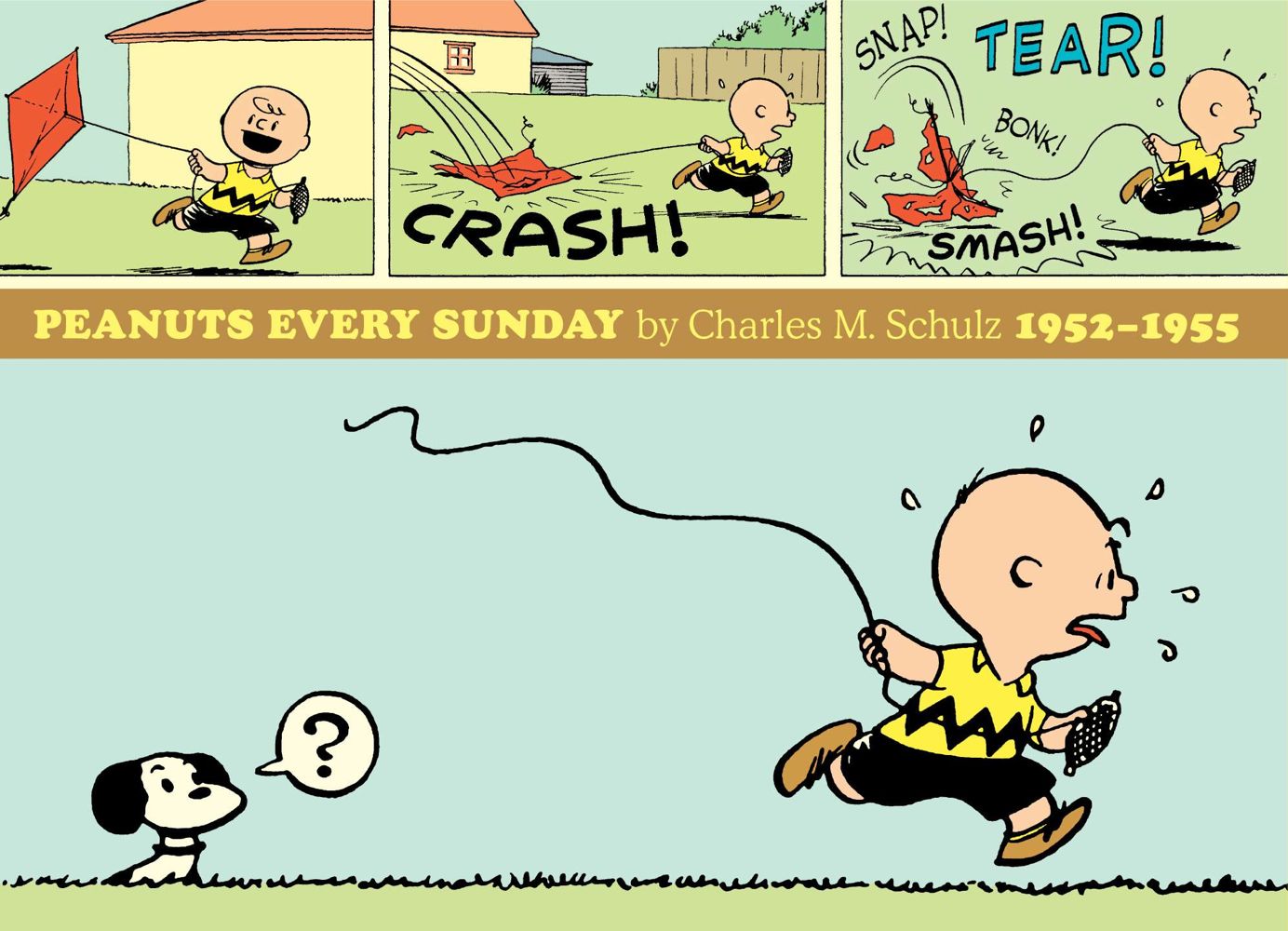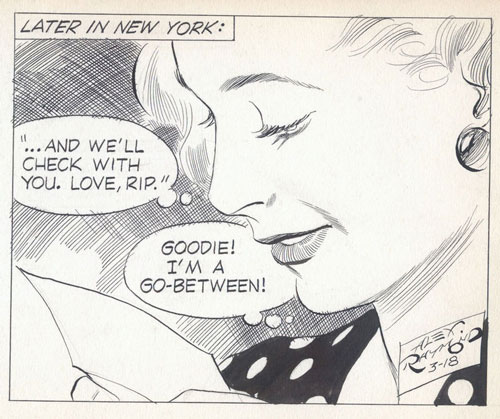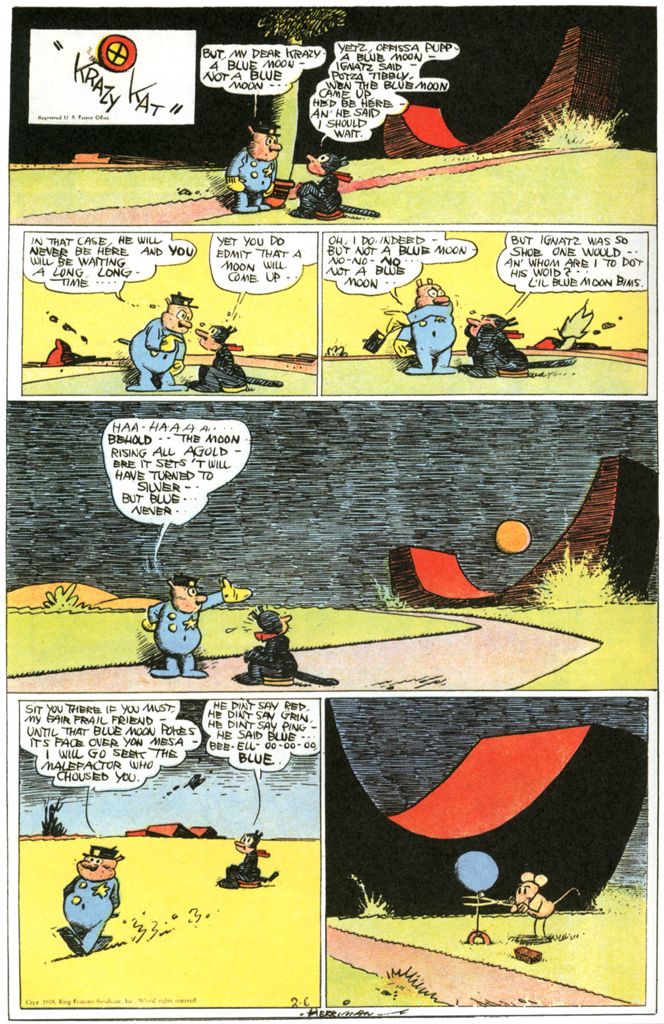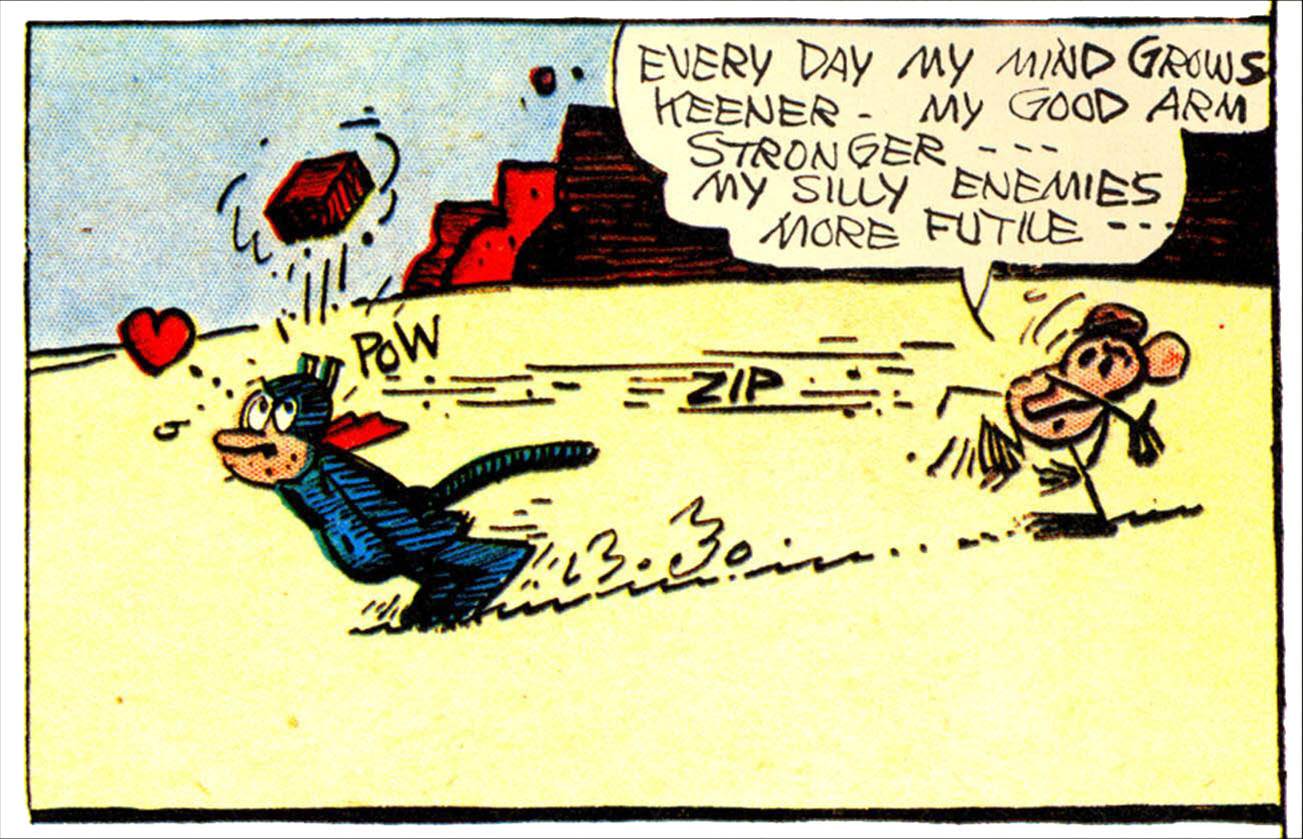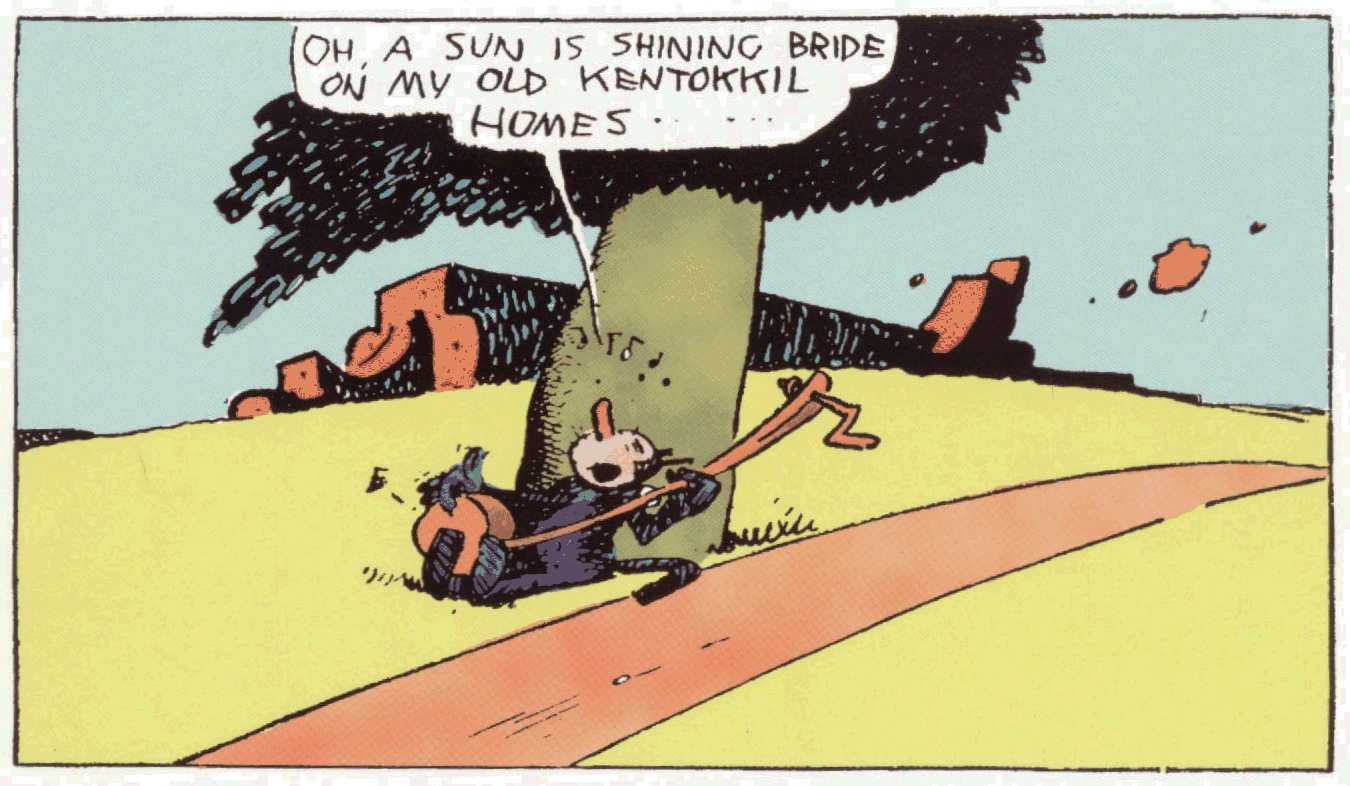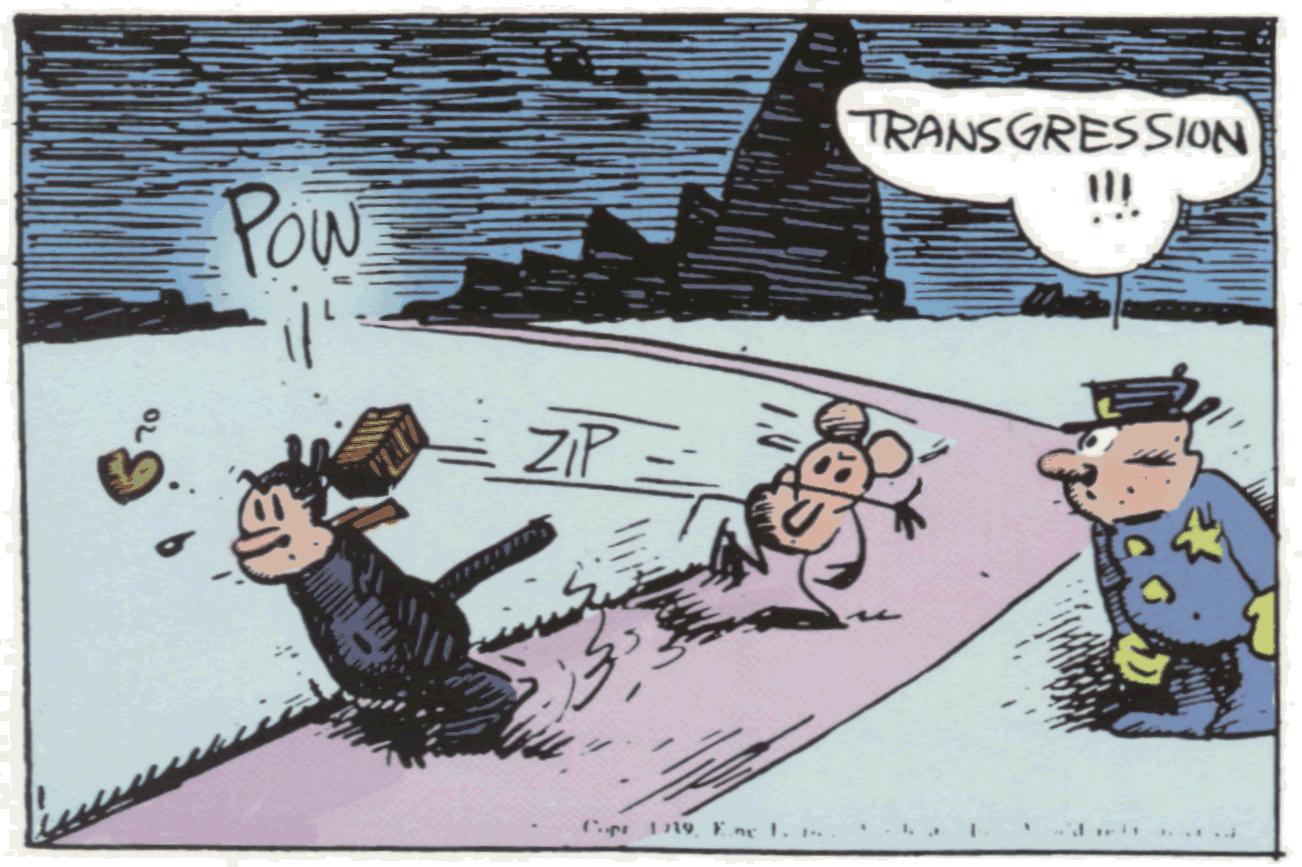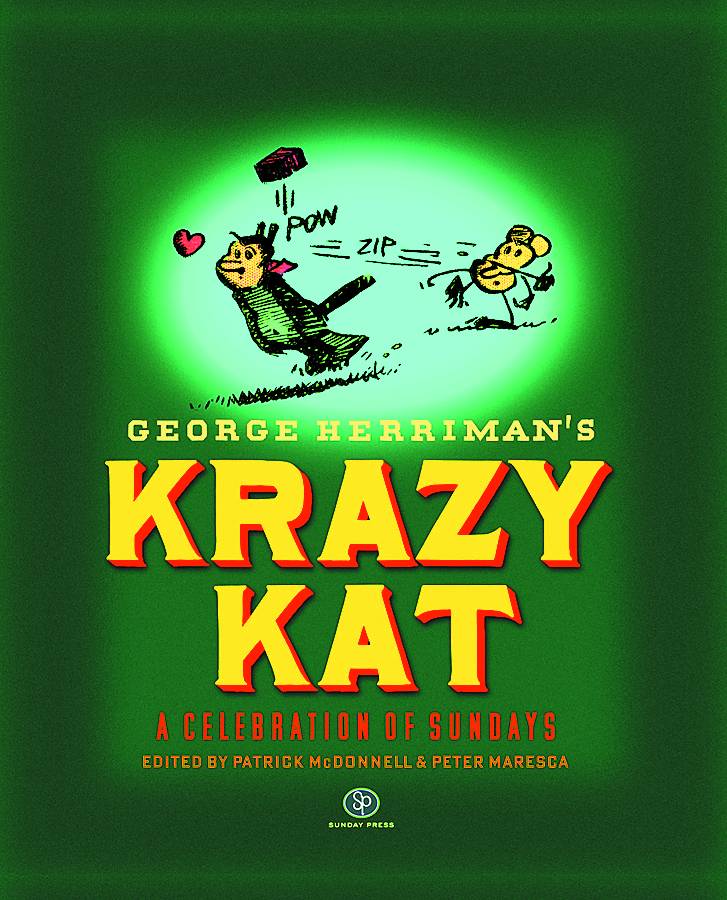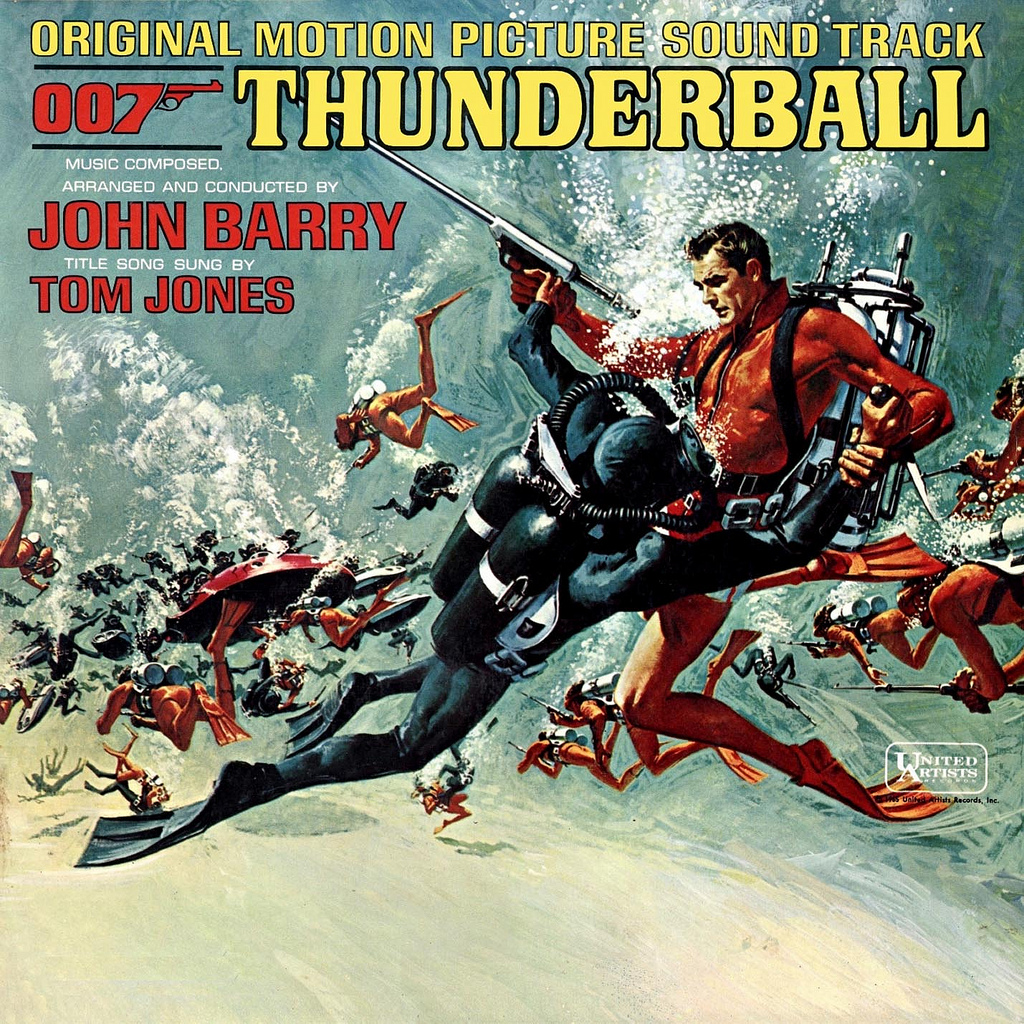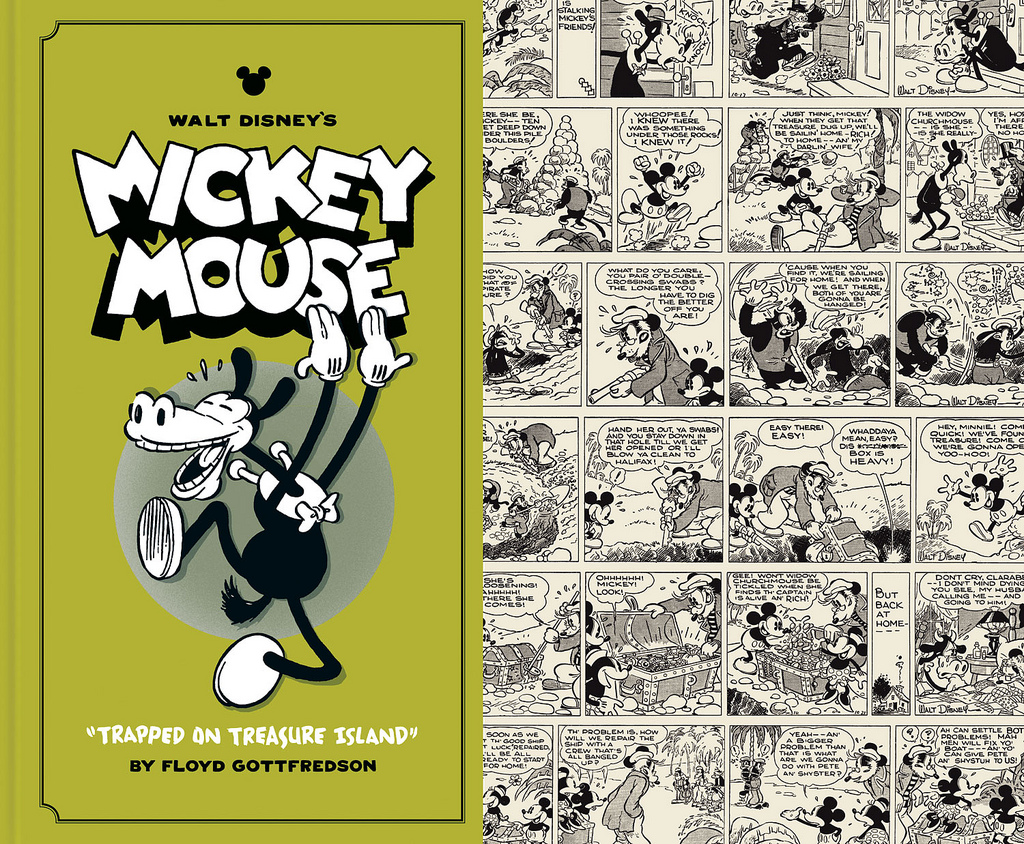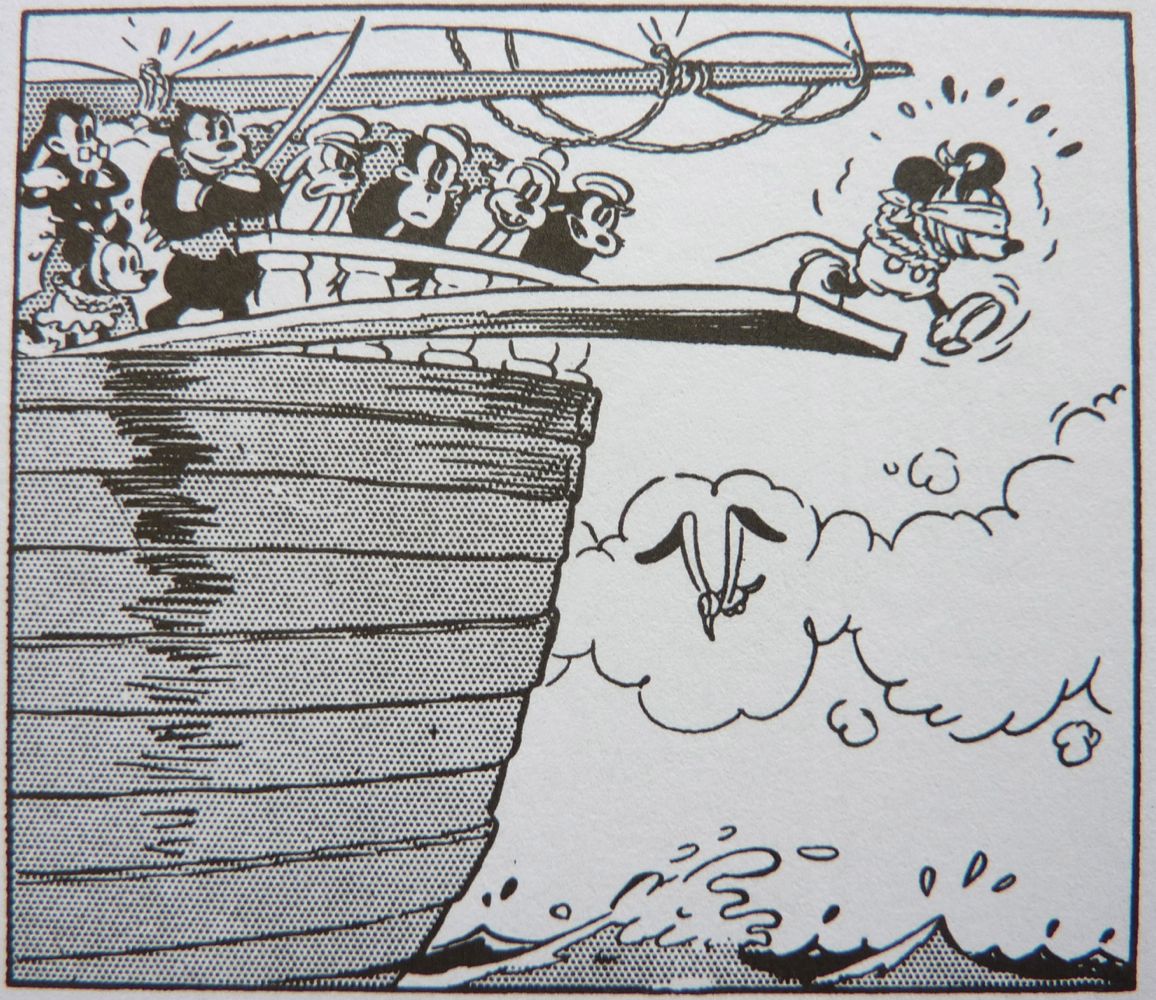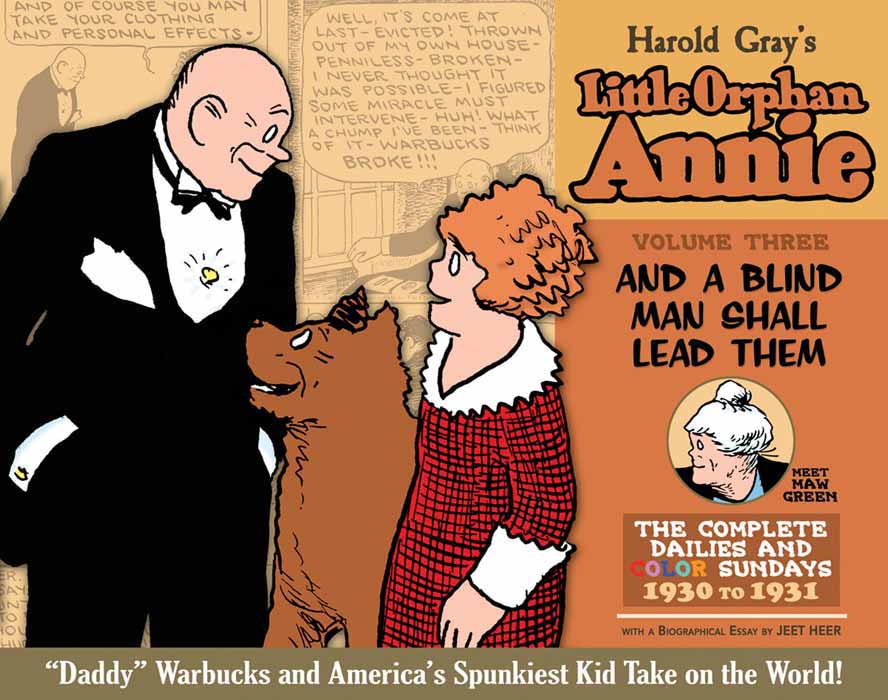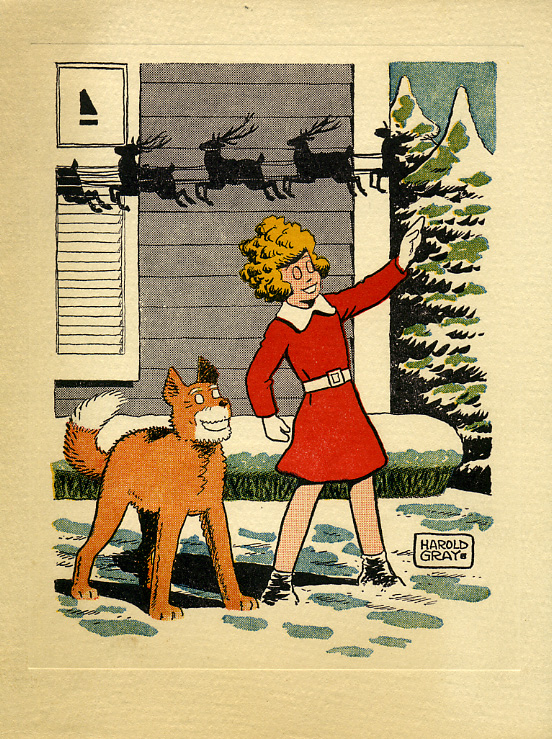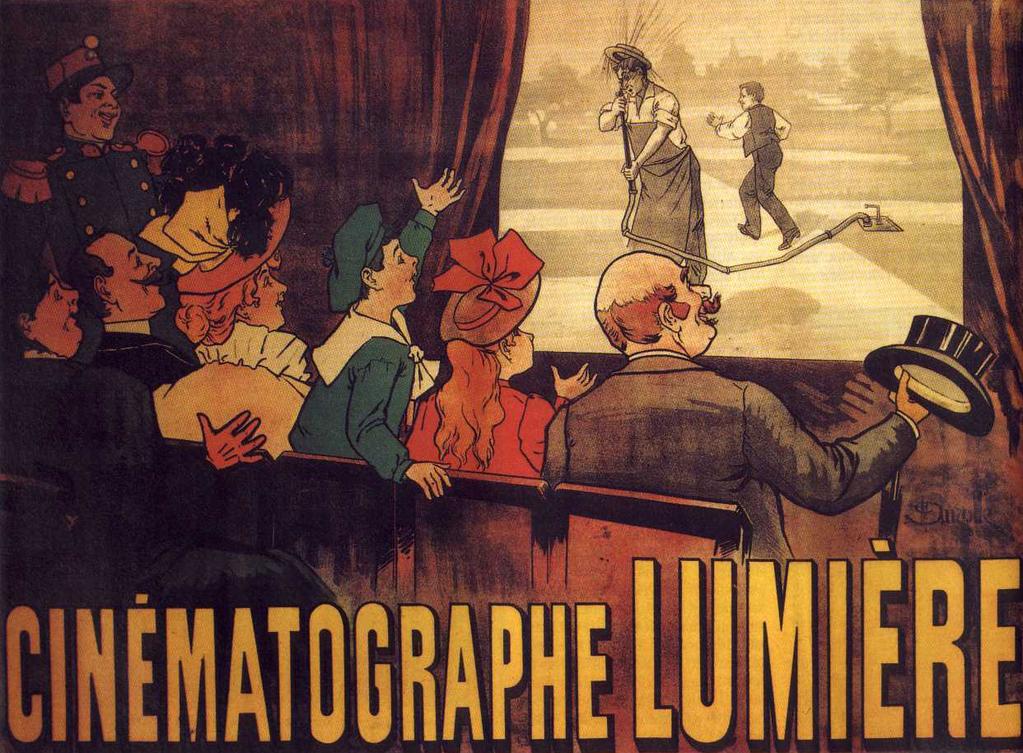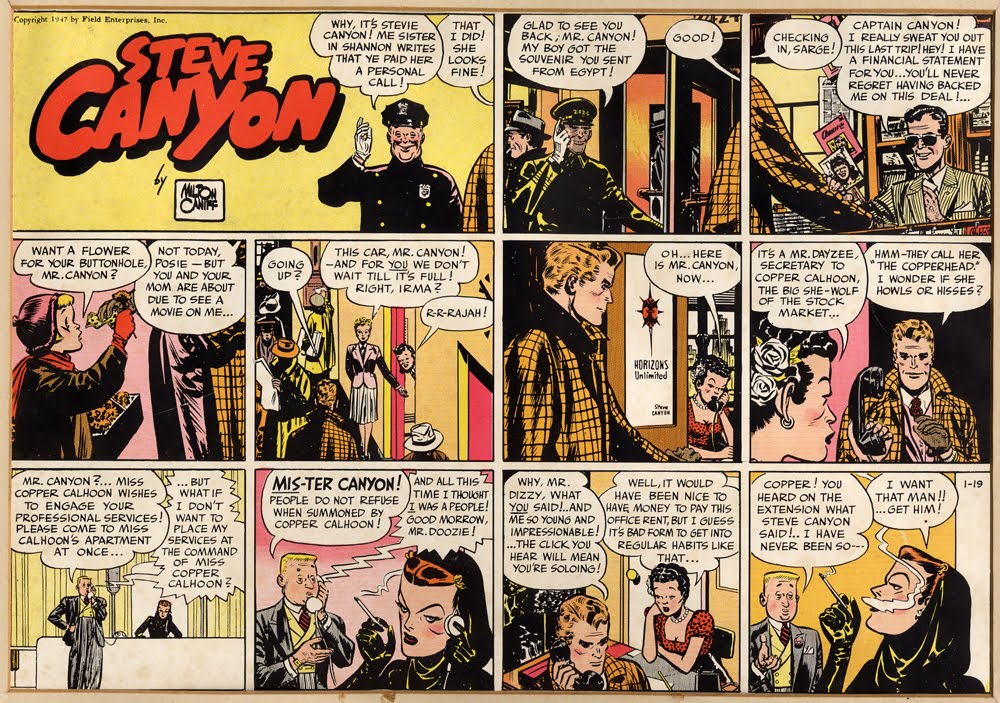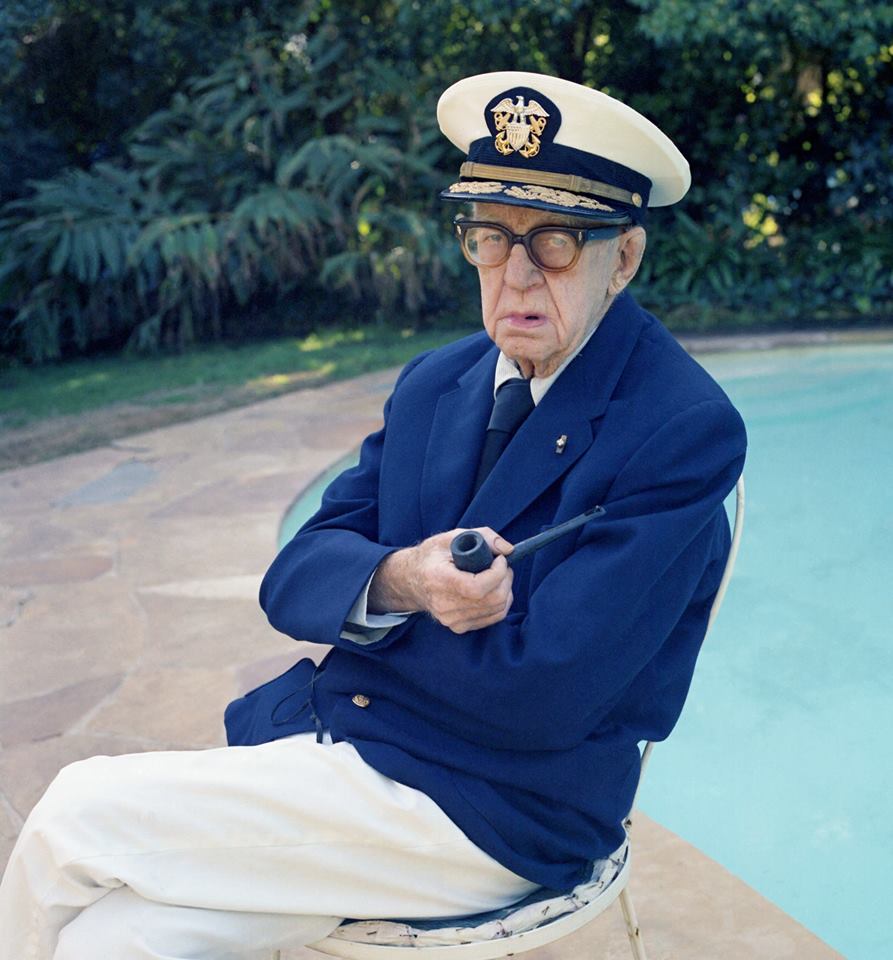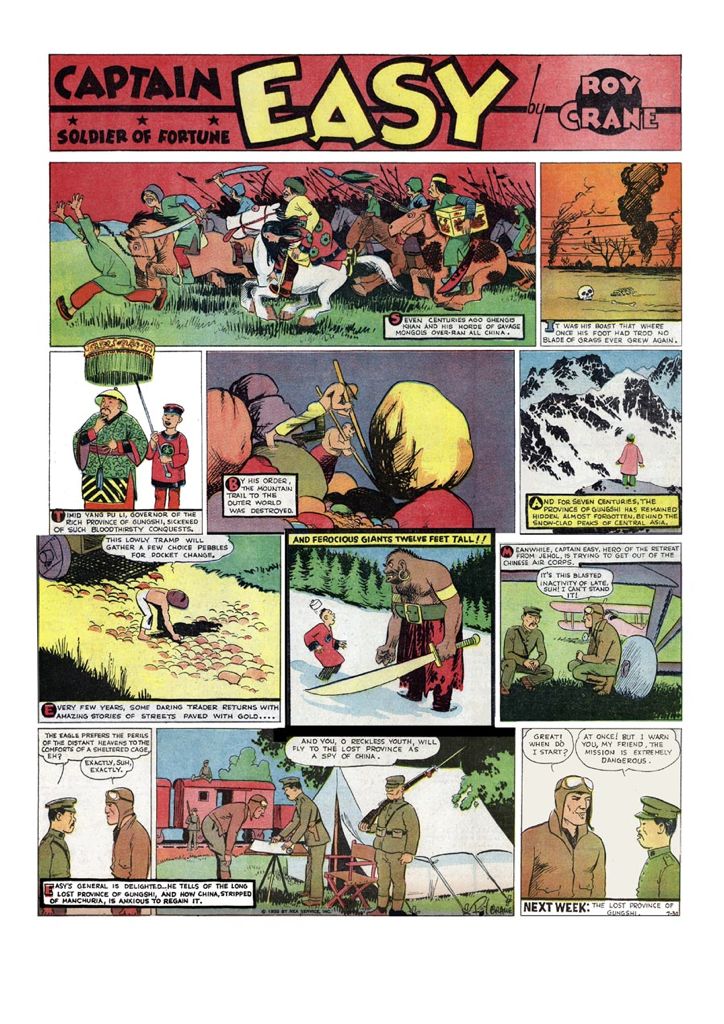Click on the image to enlarge.
Monthly Archives: January 2015
THE FUNNY PAPERS: PEANUTS ON SUNDAY
If you’re a fan of Peanuts but don’t feel the need to own every single Peanuts strip ever published — which Fantgraphics Books is in the process of reprinting in multiple volumes — Fantagraphics offers an attractive alternative. They’re also issuing collections of all the Sunday strips in color, in large-format editions. (Their Complete Peanuts volumes reproduce the Sunday strips in a smaller format and in black-and-white.)
They’re delightful books and probably offer more than enough Peanuts for most people.
Click on the image to enlarge.
A TOAST TO POE
A very short film by Jae Song for Atlas Obscura . . .
THE FUNNY PAPERS: RIP KIRBY
Click on the image to enlarge.
The legendary Alex Raymond made his name drawing the sci-fi fantasy comic strip Flash Gordon but went on to create several other important strips, including his last one, Rip Kirby, featuring a private detective in post-WWII New York. Raymond was primarily an artist collaborating with writers who supplied his plots and dialogue, but he was a brilliant artist, with a clean, bold, dynamic style that influenced many comic strip artists of later generations. George Lucas has said that Raymond’s Flash Gordon was a primary influence on the Star Wars films.
For Rip Kirby, Raymond employed a naturalistic style and dynamically composed panels that have a film noir feel to them. The strip is fast-moving and suspenseful and very entertaining. IDW Publishing is in the process of issuing reprints of the complete run of the strip in multiple volumes. It’s well worth a look.
STAY WITH ME
Sinatra recorded this religious song in 1964. It was the theme song of the movie The Cardinal (which marked the last screen appearance of Dorothy Gish). Dylan has recorded it for his upcoming album of songs associated with Sinatra, Shadows In the Night. You can stream Dylan’s version on NPR here.
Sinatra’s version, expertly sung as it is, is not convincing as as an expression of humility and faith. Sinatra was capable of putting across religious songs convincingly, as his Capitol Christmas album shows, but his heart doesn’t seem to be in it here. The somewhat bombastic orchestral arrangement doesn’t help.
Dylan’s version, with its creaky vocal and small-ensemble arrangement featuring steel guitar, is profound, heartbreaking.
THE FUNNY PAPERS: KRAZY KAT
Many people consider this series the pinnacle of comic strip art, and it’s hard to argue with the proposition. George Herriman had a distinctive and brilliant visual style — the lines of his drawings are alive with an electric energy you find only in the work of the greatest graphic artists, from Rembrandt to Callot to Steinberg..
Herriman created a world based on the landscapes of the American Southwest, often referencing the area in and around around Monument Valley, and sometimes distorting its unusual natural features into purely abstract forms. (Cartoonists and painters discovered Monument Valley long before John Ford turned it into an iconic setting for Western movies.)
In Herriman’s dreamlike Southwest he conjured up a kind of mythic love triangle between three anthropomorphized animals — Krazy, a cat, Ignatz, a mouse, and Officer Pupp, a dog. Krazy loves Ignatz, Ignatz cares only for bashing Krazy with bricks (which Krazy insists on seeing as a sign of affection), and Pupp lives only to protect the innocent Krazy and bring Ignatz to justice.
The dynamics of the triangle never change – they’re played out in endless variations over decades, as other anthropomorphized animals in the community look on, pursuing their own quirky business on the fringes of the central drama.
It’s all very strange, and wonderful. Motives are never quite spelled out — it isn’t even clear if Krazy is male or female. He or she is sweetly philosophical, in an optimistic vein, about everything that happens. Ignatz’s unwavering determination to hit Krazy with bricks takes on a kind of heroic dimension, and Pupp’s admirable but hopeless pursuit of justice becomes comical, almost pathetic.
This is just the way life is, Herriman seems to be saying — no use trying to judge it or to fix it.
Perhaps unsurprisingly, the strip was never terribly popular. William Randolph Hearst admired it, though, considered it an adornment to his newspapers and insisted that they keep running it year after year. It was undoubtedly his greatest contribution to American culture.
Fantagraphics Books has published the complete run of the full-page strips, in black and white, in multiple volumes, as well as a collection of the panoramic daily strips from the 1920s. Sunday Press has published a fabulous over-sized collection of the Sunday strips in color. They’re all worth owning and revisiting often.
Click on the images to enlarge.
AN LP COVER FOR TODAY
THE FUNNY PAPERS: MICKEY MOUSE
For many years — 45 to be exact — Floyd Gottfredson drew the Disney Mickey Mouse comic strips for newspapers, often then collected in books. They generally, except at the end of the strip’s run, involved extended adventure tales.
Gottfedson didn’t have the genius of Carl Barks, who drew the Donald Duck comic books for Disney, and he had a series of collaborators on the strips over the years, various inkers and dialogue writers who came and went, but his was the presiding vision. He was a fine artist and visual storyteller, and the Mickey strips are very entertaining.
Fantagraphics Books is in the process of reprinting the complete run of them. Sadly, the strips in the Fantagraphics books are printed too small. Gottfredson often drew very busy panels and crammed a lot of text into description boxes and dialogue balloons. Some of the panels in the Fantagraphics volumes can’t be deciphered without a magnifying glass.
Click on the images to enlarge.
ANCIENT ROME
THE FUNNY PAPERS: LITTLE ORPHAN ANNIE
This is a very unusual comic strip — it features a plucky young girl as it’s protagonist. She is, of course, an orphan who at the start leads a hard-luck life in an orphanage run by a mean matron who tries to instill in her charges the idea that they are second-class human beings.
Annie suffers her hardships with stoic good grace but never accepts second-class status — she believes in herself, is willing to stick up for herself, is capable of defending herself and others if they’re physically assaulted, and has an unshakeable spirit of personal honor and generosity.
Although the strip began in the mid 1920s, Annie would in time come to be seen as the personification of the decency and grit that got America through the Great Depression, and she is certainly one of the most powerful female icons in all of American art, a successor to Dorothy Gale and precursor to Velvet Brown.
I’m still working my way through the early years of the strip, which concentrate on Annie’s Dickensian travails as an orphan. Eventually she will find a powerful mentor and patron in Daddy Warbucks and go off on exotic adventures, carrying her heroic virtues into the wide world.
Heroic as she is, however, she’s also unassuming and funny, with a wry perspective on things, a distinctly American sort of hero — but always a girl to keep your eye on, a girl to rely on when the going gets tough.
A MOVIE POSTER FOR TODAY
THE FUNNY PAPERS: STEVE CANYON
Terry and the Pirates made Milt Caniff famous but not terribly rich — the strip was owned by the newspaper syndicate which originally commissioned it. After WWII Caniff abandoned Terry and created a new strip that he owned, Steve Canyon. The magnificent artwork continued but the story lines got less interesting and the strip’s protagonist, freelance pilot and soldier of fortune Canyon, had a stiff cardboard-patriot quality.
Orson Welles was one of many Caniff fans who found the new strip a terrible letdown, though it remained popular for many years. It’s entertaining enough for the most part and the artwork makes it worth one’s attention.
Click on the image to enlarge.
ADMIRAL JOHN FORD
THE FUNNY PAPERS: CAPTAIN EASY, SOLDIER OF FORTUNE
Roy Crane pioneered the action-adventure comic strip with Wash Tubbs. The character Tubbs started out as bumbling grocery store clerk but Crane decided he didn’t like the gag-a-day format and started sending Tubbs off on protracted adventures. Captain Easy, soldier of fortune, a secondary character in the strip, was better suited to this format and Crane developed a new Sunday strip centered around him.
These Sunday strips have been reprinted by Fantagraphics Books, well reproduced in four large-format books. Crane’s drawing style is just serviceable and his adventure tales a bit bland and formulaic at times, but it’s a genial strip, fairly diverting and important historically.
Worth a look, especially in the gorgeous Fantagraphics reprint editions.
Click on the image to enlarge.

